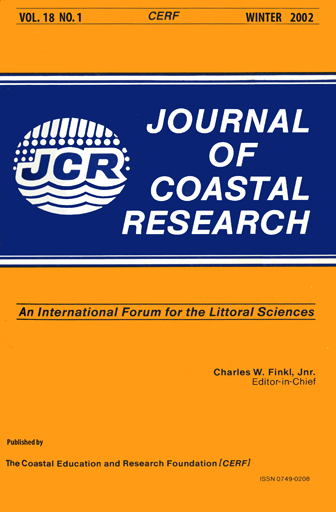Coastal Uplift and Mortality of Coralline Algae Caused by a 6.3Mw Earthquake, Oaxaca, Mexico
Keywords:
Coseismic uplift, tectonic deformation, crustose algaeAbstract
Mortality of coralline algae proved to be a useful indicator of rapid coastal uplift produced by a strong shallow-focus earthquake. Because these encrusting algae cannot survive desiccation, they can provide estimates of coseismic uplift. After the Mw 6.3, February 2, 1998, Puerto Angel earthquake, southern Mexico, a bleached white belt appeared along the Puerto Angel coast. We measured this white belt two weeks and, again, two month s after the earthquake, when coralline algae had experienced low tide sequences. Detailed measurements at 15 sites allowed us to determine the extent of the uplifted coastal zone and to reconstruct the amount of coseismic uplift along the Puerto Angel coast. The width of the dead algal belt varied from 0.07 to 0.50 m. The largest observed values are related to local parameters (exposition to wave splash, geometric disposition, and morphology of the coast) that account for an amplification of the width of the dead algal belt. A detailed survey indicates that coastal coseismic uplift was recorded for ca. 70 km along the Oaxaca coast from Puerto Angel, which is near the epicentral area. The maximum coseismic uplift recorded 0.3 m at La Boquilla and Ixtacahuite, near Puerto Angel, and at Agua Blanca.


